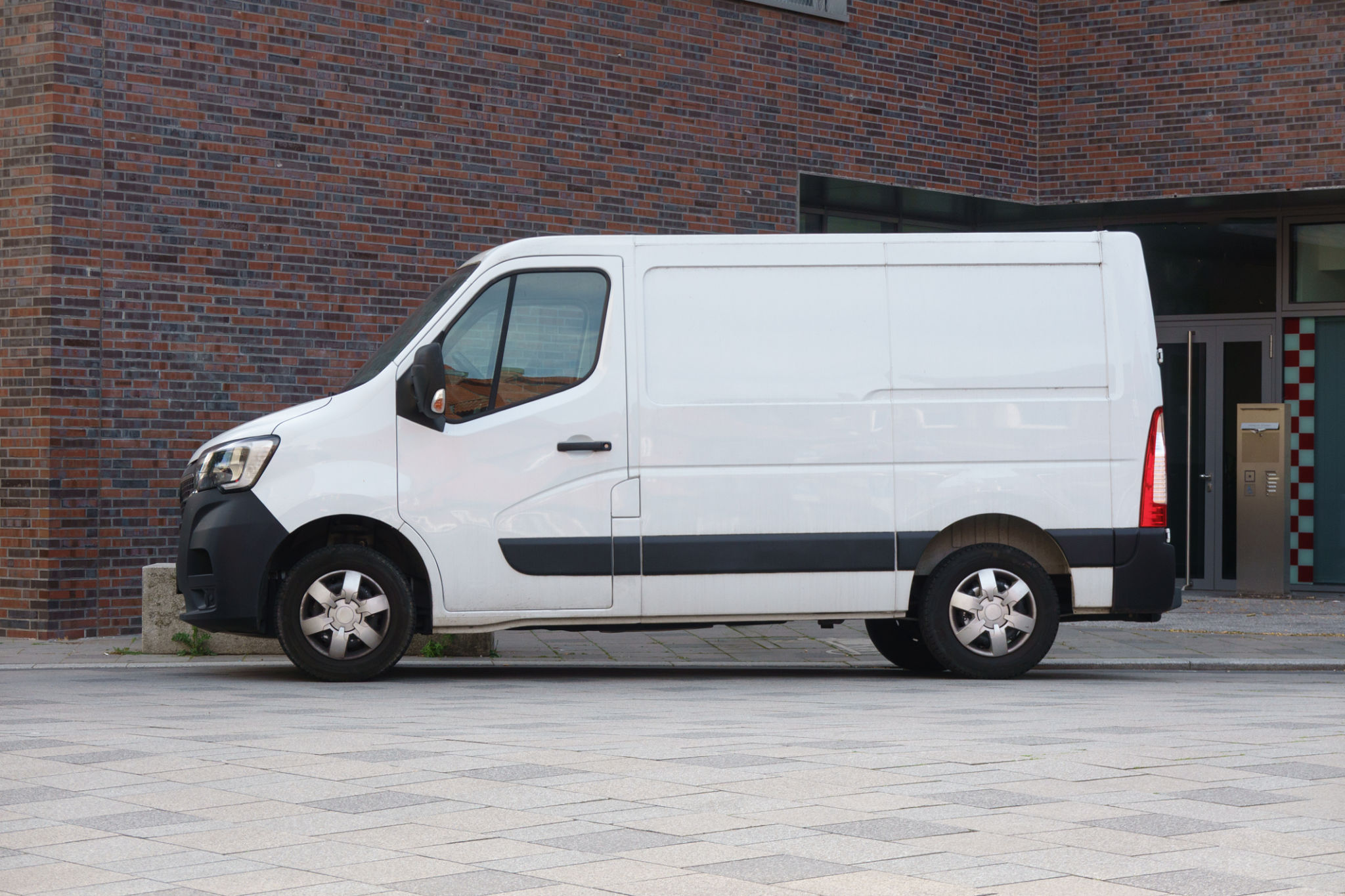Local vs. Long-Distance Moves: What You Need to Know
Understanding the Differences Between Local and Long-Distance Moves
Moving to a new home is an exciting yet challenging endeavor. Whether you're relocating across town or across the country, understanding the differences between local and long-distance moves can help you plan more effectively. Both types of moves require careful consideration, but the logistics can vary significantly.
A local move is typically defined as a relocation within the same metropolitan area or a short distance, usually within a 50-mile radius. These moves tend to be quicker and less complex. In contrast, a long-distance move spans over 100 miles and often involves crossing state lines. Such moves require more comprehensive planning and logistics.

Planning and Preparation
Local Moves
When preparing for a local move, the process is generally more straightforward. You can often make multiple trips if necessary, which allows for greater flexibility in packing and transporting your belongings. Hiring a local moving company can also be more economical and easier to schedule on short notice.
Long-Distance Moves
Long-distance moves demand more detailed planning. It's crucial to research and hire a reputable moving company well in advance, as these moves involve more logistics. You'll need to consider factors such as shipping time, potentially different laws or regulations, and the possibility of storage needs if your new home isn't immediately ready for occupancy.

Cost Considerations
Factors Influencing Costs
The cost of moving varies significantly between local and long-distance moves. Local moves are generally charged by the hour, which can make them more affordable if the job is completed efficiently. In contrast, long-distance moves are priced based on the weight of your items and the distance traveled. It’s important to obtain detailed quotes from moving companies to understand what services are included in their pricing.
Additional costs for long-distance relocations might include insurance, fuel charges, or storage fees. Always inquire about any potential extra charges that might not be apparent at first glance.

Handling Your Belongings
Packing Strategies
Packing strategies also differ between local and long-distance moves. For local relocations, you might choose to transport fragile items yourself, as the risk of damage is generally lower over short distances. However, for long-distance moves, professional packing services can ensure your items are securely packed to withstand the journey.
Inventory Management
Maintaining an inventory of your belongings is essential, especially for long-distance moves where items are transported over greater distances and through multiple checkpoints. This inventory can help track your items and provide peace of mind that everything arrives safely at your new home.

Conclusion
Whether you're moving locally or embarking on a long-distance journey, understanding the nuances of each type of move can help you prepare effectively and reduce stress. By considering factors such as cost, planning requirements, and packing strategies, you can ensure a smooth transition to your new home. Remember, thorough preparation is key to a successful move, no matter the distance.